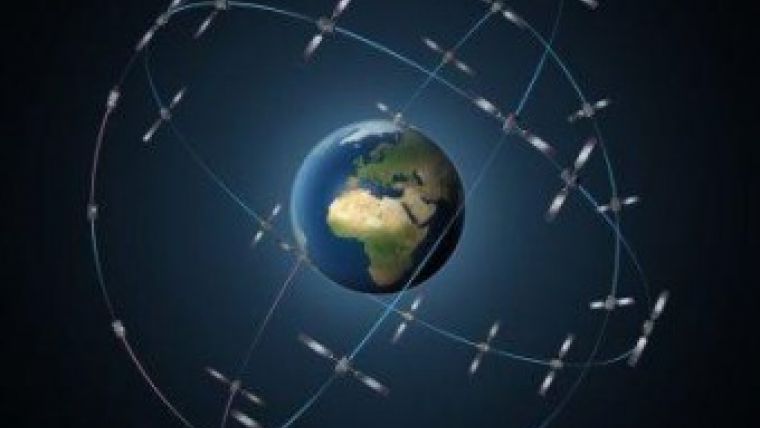Galileo Satellites Lose Way in Space After Launch
On 22 August, a Soyuz rocket launched Europe’s fifth and sixth Galileo satellites from Europe's Spaceport in Kourou, French Guiana. These new satellites are intended to join four Galileo satellites already in orbit, launched in October 2011 and October 2012 respectively. This first quartet were ‘In-Orbit Validation’ satellites, serving to demonstrate the Galileo system would function as planned. However, it soon appeared there was a discrepancy between the targeted and reached orbit after the launch.
The lift-off and first part of the mission proceeded normally, leading to the release of the satellites according to the planned timetable, and the reception of signals from them. It was only after the separation of the satellites that the ongoing analysis of the data provided by the telemetry stations operated by the European Space Agency (ESA) and the French space agency CNES showed that the satellites were not in the expected orbit.
The targeted orbit was circular, inclined at 55 degrees with a semi-major axis of 29,900 kilometres. The satellites are now in an elliptical orbit, with eccentricity of 0.23, a semi-major axis of 26,200 km and inclined at 49.8 degrees.
Both the Fregat upper stage and the two satellites are in a stable condition and position that entails absolutely no risk for people on the ground. The residual propellants on the Fregat stage have been purged and the stage was depressurised normally.
According to the initial analyses, an anomaly is thought to have occurred during the flight phase involving the Fregat upper stage, causing the satellites to be injected into a noncompliant orbit.
Impact on the mission
Studies and data analyses are continuing in Kourou, French Guiana, and at Arianespace headquarters in Evry, near Paris, under the direction of Stéphane Israël, Chairman and CEO of Arianespace, to determine the scope of the anomaly and its impact on the mission. This is being done in conjunction with the Russian partners in the Soyuz in French Guiana programme (Russian space agency Roscomos and the manufacturers RKTs-Progress and NPO Lavotchkine), as well as Arianespace's customer ESA and its industrial partners.
The aim is, of course, to fully understand this anomaly, said Stéphane Israël, Chairman and CEO of Arianespace. Everybody at Arianespace is totally focused on meeting this objective. Starting Monday 25 August, Arianespace, in association with ESA and the European Commission, will designate an independent inquiry board to determine the exact causes of this anomaly and to draw conclusions and develop corrective actions that will allow them to resume launches of Soyuz from the Guiana Space Centre (CSG) in complete safety and as quickly as possible.
The board will coordinate its work with Russian partners in the Soyuz at CSG programme. Arianespace is determined to help meet the European Union's goals for the Galileo programme without undue delay. Israël said he would like to thank ESA, the European Commission and CNES for the very productive discussions since becoming aware of the occurrence of the anomaly. While it is too early to determine the exact causes, Arianespace stated they would like to offer their sincere excuses to ESA and the European Commission for this orbital injection that did not meet expectations.
Rewatch the moment of launch here.

Value staying current with geomatics?
Stay on the map with our expertly curated newsletters.
We provide educational insights, industry updates, and inspiring stories to help you learn, grow, and reach your full potential in your field. Don't miss out - subscribe today and ensure you're always informed, educated, and inspired.
Choose your newsletter(s)












